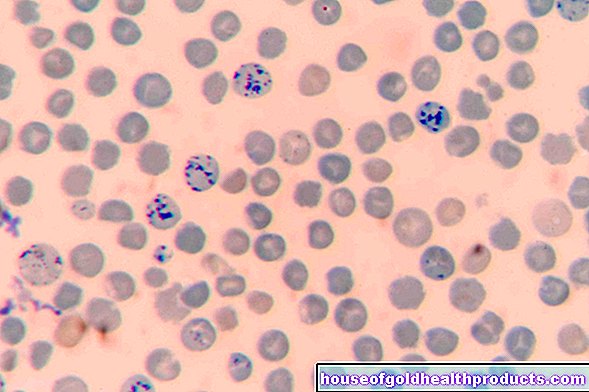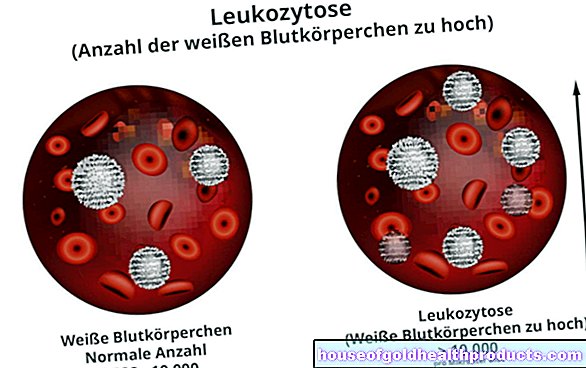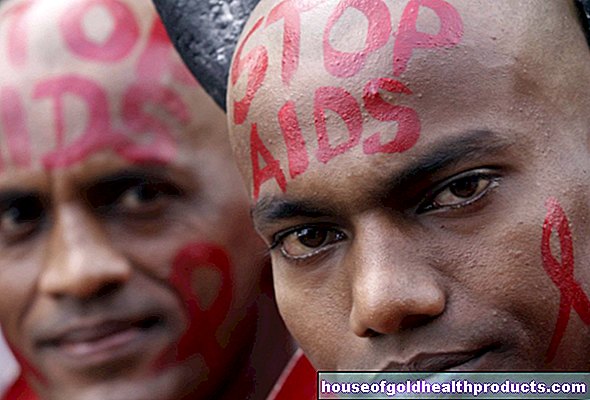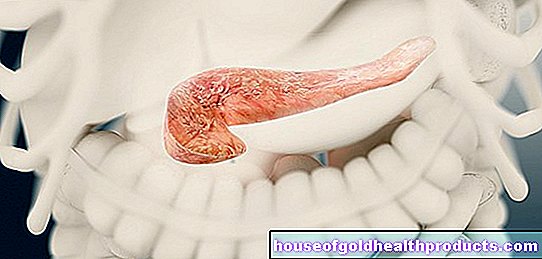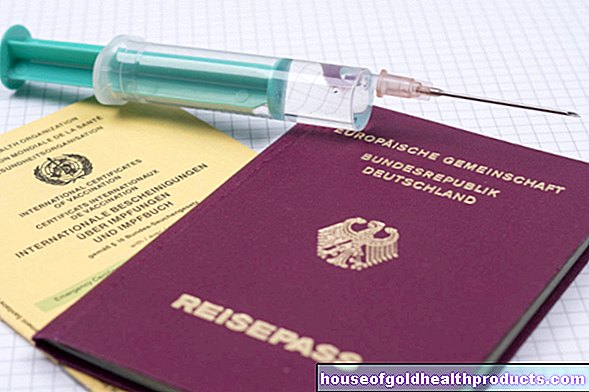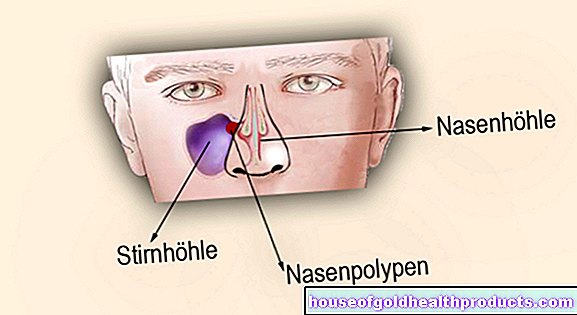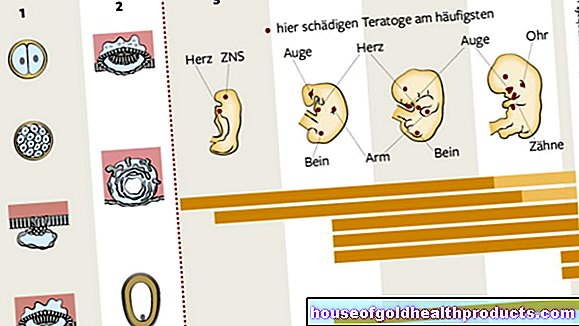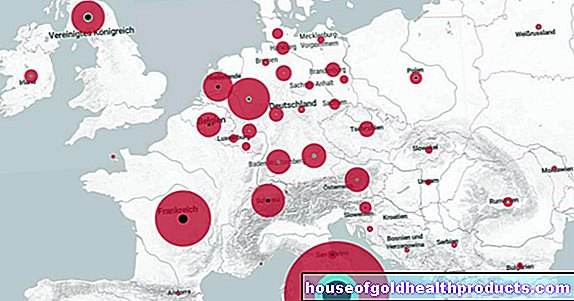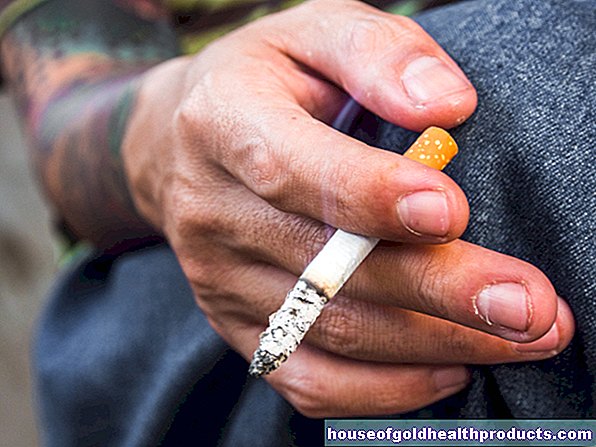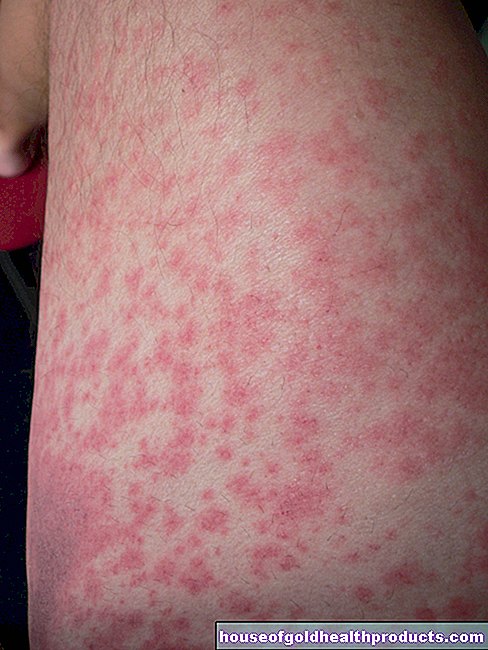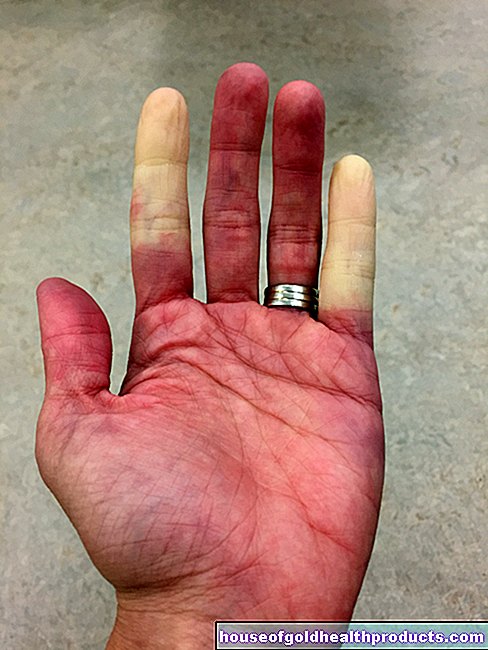Corona: How effective were the individual measures?
Christiane Fux studied journalism and psychology in Hamburg. The experienced medical editor has been writing magazine articles, news and factual texts on all conceivable health topics since 2001. In addition to her work for, Christiane Fux is also active in prose. Her first crime novel was published in 2012, and she also writes, designs and publishes her own crime plays.
More posts by Christiane Fux All content is checked by medical journalists.Contact restrictions, school closings, closed shops - in order to contain the coroanvirus pandemic, whole bundles of measures have been taken worldwide. In many cases with success: the number of infections and reproduction rates declined. So far, the question of how much the individual measures have contributed to the result has remained unanswered - and whether some of them could not be dispensed with.
Researchers led by Jan Brauner from the University of Oxford analyzed data from 41 countries - 33 European and eight non-European. Since the various measures were implemented by the countries in different chronological order and in different combinations, the scientists were able to assess the effect of the individual measures independently of the others.
School closings bring the most
The result, which was also surprising for the researchers, was that the closure of schools had by far the greatest effect. This measure was able to reduce the reproduction rates of Sars-CoV-2 by 50 percent. "The result contributes to the ongoing debate on how relevant symptom-free infected people are for the spread of the disease," the researchers write.
Given the slow reopening of schools, particular attention should be paid to possible outbreaks there.
Closing non-systemically important stores (34 percent), closing stores with a high risk of infection such as restaurants, clubs and fitness studios (28 percent) and limiting groups to fewer than ten people (28 percent) were also effective.
Are exit restrictions dispensable?
Exit restrictions, on the other hand, did little to reduce the incidence of infections (13 percent), as did the testing of people with respiratory symptoms (13 percent). The former can be dispensed with in a second wave because - unlike testing people with symptoms - they are particularly stressful.
The researchers also questioned whether it is imperative to close transactions that are less risky. Here, too, the burden is great - and enough can be achieved with the other measures.
Effectiveness of masks unexplained
How much wearing masks contributed to lowering the number of reproductions could not be clarified by the study. Mask-wearing was often introduced late when other measures were already taking effect. In some countries, on the other hand, many people were already wearing masks before being asked to do so.
In addition, most of the infections take place in the private environment, where you don't wear masks anyway. However, since the burden on the individual is low, the researchers say there is nothing against pursuing this strategy.
A current study that examined the effect of the early mask requirement in Jena shows that the masks actually protect (houseofgoldhealthproducts reported).
Tags: prevention home remedies baby toddler